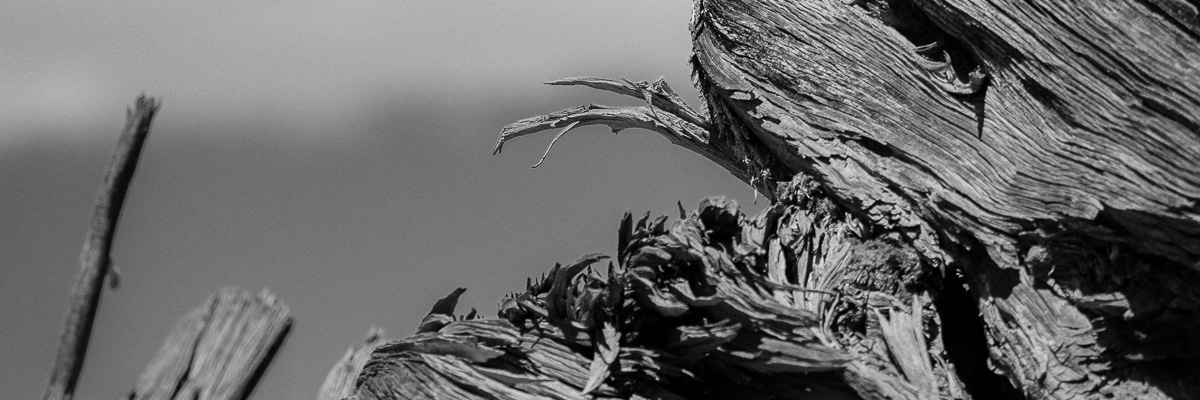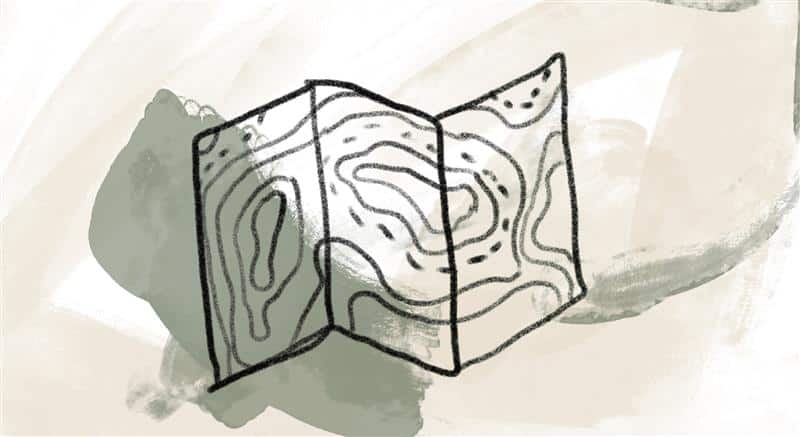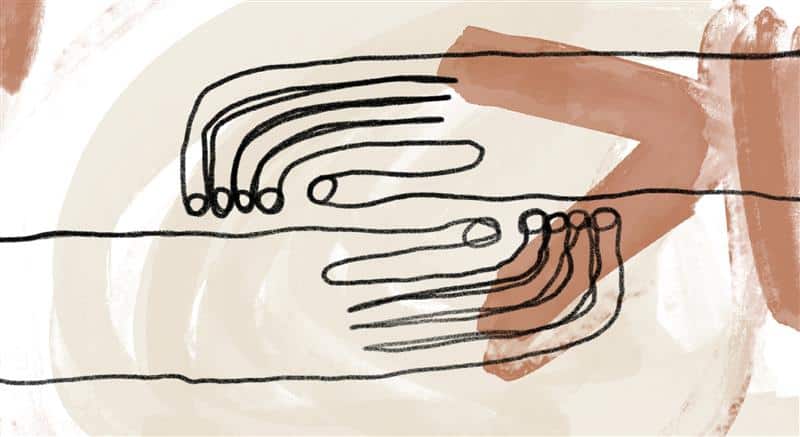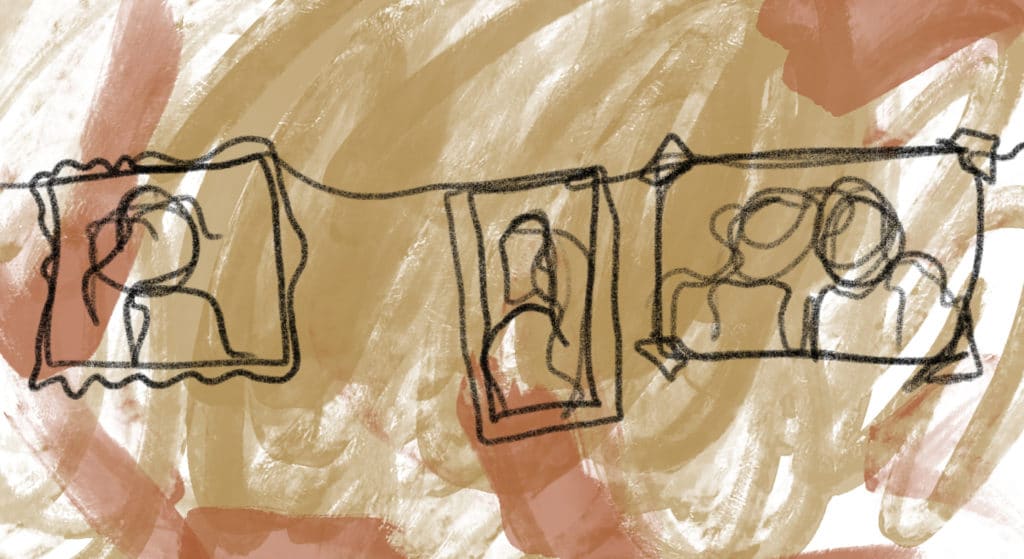
Father Richard shares his contemplative practice of visiting art museums:
I believe good art has the power to evoke an epiphany. Sometimes, when we can’t take our eyes off a picture or work of art, an epiphany is happening. We don’t yet know what we’re knowing while the wisdom of the unconscious is being ferried across to the conscious mind. Carl Jung said great art presents an “archetypal image.” [1] On one of my very first speaking trips away from Cincinnati, I visited the St. Louis Art Museum. They had an exhibit of Claude Monet’s water lilies; some paintings took up the whole wall. It was a quiet weekday afternoon, and as I went from room to room, I found myself getting quieter and happier, quieter and happier. When I walked out into the sunshine after the exhibit, I felt like I floated home. I wasn’t waiting for an epiphany, but I think I was granted one anyway. I don’t know that I had a new piece of doctrinal information or theological insight, but the experience connected me to something deep and true within. To this day when I’m in a city and have some time free, I go to an art museum.
Folk artist and Living School alumna Lourdes Bernard writes:
Art invites audiences to consider the spirituality and transformative power of images. Engaging art offers respite, contemplation, even as it shares powerful, inspiring, or difficult stories. Art images are real and alive and have the power to change us and cause change.… They can shift our perspective on what we thought we knew and understood about a subject. Too often, art is considered decorative, and it is significantly more than that. Engaging with art means we have to slow down to allow a new experience to enter which perhaps cannot be accessed in another way. It can be an expansive experience. [2]
Richard continues:
I believe good art, good poetry, and true mythology communicates, without our knowing it, that life is not just a series of insulated, unrelated events. The great truths—when they can be visualized in images—reveal deep patterns, and reveal that we are a part of them. That deeply heals us, and it largely happens beneath our conscious awareness. A great story pulls us inside of a cosmic story. If we’re Christian, our cosmic story is the map of the life of Jesus, the divine conception, ordinary life, betrayal, abandonment, rejection, crucifixion, resurrection, and ascension. It all comes full circle. We might not really believe it. We might not have surrendered to it or trust it, but if we can, it makes us much happier people. Our happiness is on a surface level, of course, because suffering is everywhere. We don’t close our eyes to the world’s pain, but on a deep, unconscious level, a cosmic story offers us healing and coherence. Good art gives us a sense that we belong in that story, we belong in that world.
References:
[1] C. G. Jung, “On the Relation of Analytical Psychology to Poetry,” in The Spirit in Man, Art, and Literature, trans. R. F. C. Hull (New York: Pantheon Books, 1966), 82.
[2] Lourdes Bernard, “Artmaking as Contemplative Praxis,” Oneing 12, no. 1, Art and Spirituality (Spring 2024): 29. Available in print and PDF download.
Adapted from Richard Rohr, “Art and Spiritual Transformation,” Lunch and Learn Series, presentation to CAC staff, May 20, 2015.
Image credit: Benjamin Yazza, Untitled (detail), New Mexico, 2023, photo, used with permission. Click here to enlarge image. What draws us when we gaze on an image? Here we see movement, flow, and artistry in natural wood.
Story from Our Community:
I truly believe that art-making and contemplative prayer are siblings. In both practices one can experience “flow”—a connection of being in the now, which is really being deeply connected to God. The real struggle and joy in art making is disconnecting from the small Self. It’s the same struggle I experience in the practice of centering prayer.
—Suzy M.




